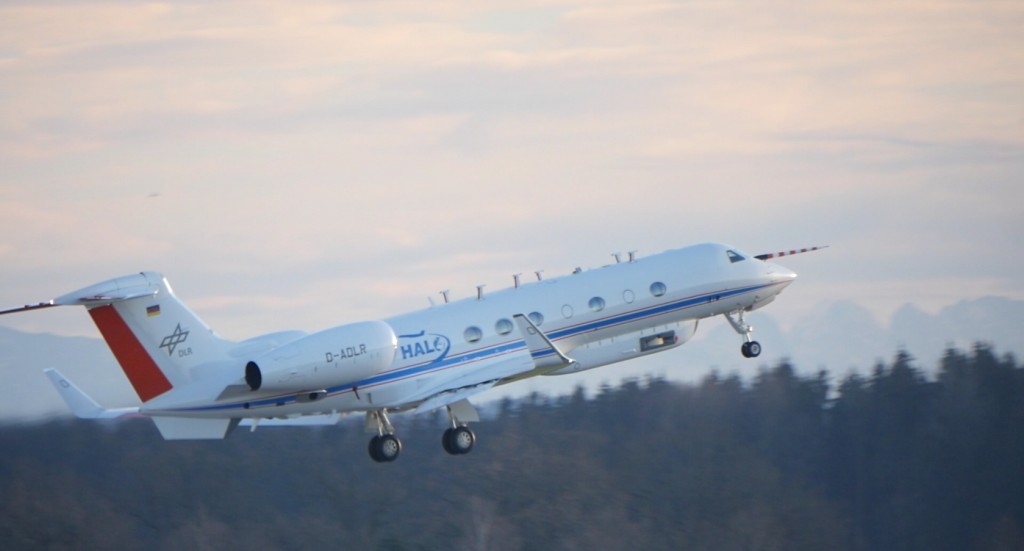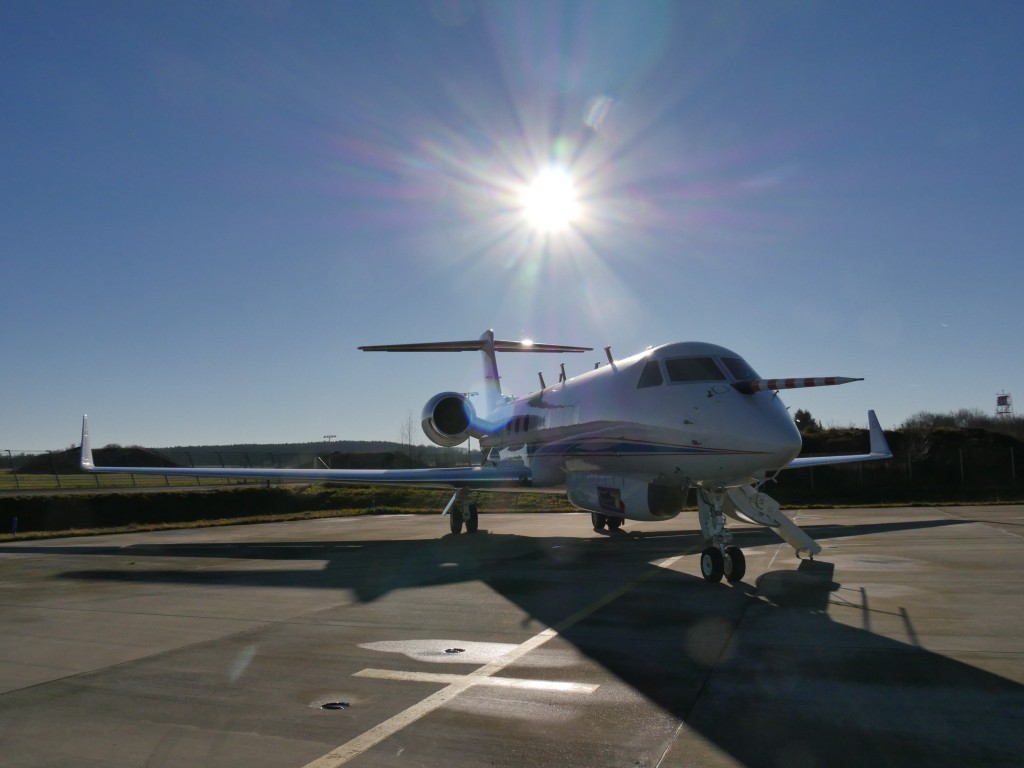Most people know the thing …. you’re enjoying a warm relaxing evening by a lake gazing out over the calm water, the wind freshens, you feel a breeze and see ripples forming on the water. In time, the ripples get higher and the distance between them gets longer.
Few know that similar things happen in the atmosphere. Here, these ripples – also called gravity waves – can form when, for example, the wind flows over a mountain range or near convective clouds. These obstacles introduce small changes in the wind, which can be amplified depending on the actual atmospheric situation. Sometimes their amplitude becomes strong enough to create huge ripples. The principle is demonstrated nicely in a video from NCAR.
It is known that these waves can basically form basically anywhere in the atmosphere. They can propagate vertically and horizontally and be tens to thousands of kilometres long and have periods from minutes to hours. Once these waves break they mix air from different origins. Therefore, these waves can have a big impact on our regional weather and quantifying them is important for modelling climate change.

The HALO aircraft takes off for the electromagnetic compatibility test flight. (P. Preusse–FZ-Juelich)
Gravity waves were studied as part of the Premier mission concept, which was a candidate for ESA’s 7th Earth Explorer. One of the conclusions of studies related to the concept was that general knowledge about gravity waves is limited and that they are difficult to measure and model. It was also concluded that measurements would be very helpful in order to observe these waves as they form in the atmosphere.
For this reason, ESA carried out the GWEX gravity wave experiment, which focused on detecting gravity waves. It is part of a larger campaign called POLSTRACC looking at processes in the polar stratosphere and carried out by different German research institutes such as KIT, DLR and FZ-Juelich.
GWEX started in the beginning of December with first test flights of the main instrument called Gimballed Limb Observer for Radiance Imaging of the Atmosphere, or GLORIA for short carried on the German High Altitude and Long Range Research Aircraft, HALO.
The test flight for electromagnetic compatibility of the whole instrument package and the airplane was done on 8 December. Unfortunately, a problem occurred in GLORIA’s attitude system, but the team quickly started to diagnose the problem and developed a mitigation strategy that allowed the test flights to proceed. This worked flawlessly and the team worked on the instrument to restore full performance.
The pilot, Steffen Gemsa, had to be checked by an external pilot, which including him having to do two complete starts and landings and two touch-and-go manoeuvres.

HALO approaching the Oberpfaffenhofen airport for touch-and-go flight manoeuvre. (P. Preusse–FZ-Juelich)
The different teams are now busy preparing the main campaign, which will start from Kiruna in Sweden in January 2016.
Hopefully the atmospheric conditions will allow nice examples of gravity waves to be detected.
Post from Dirk Schuettemeyer (ESA) and Peter Preusse (FZ-Juelich)









Discussion: no comments